Bloom's Taxonomy Is Best Described as Providing ______
For example on a course focused at the lower levels of learning an activity that involves analysis or creation may be unsuitable. With the help of this teachers can assess the learning progress of students so that these students can be encouraged more.
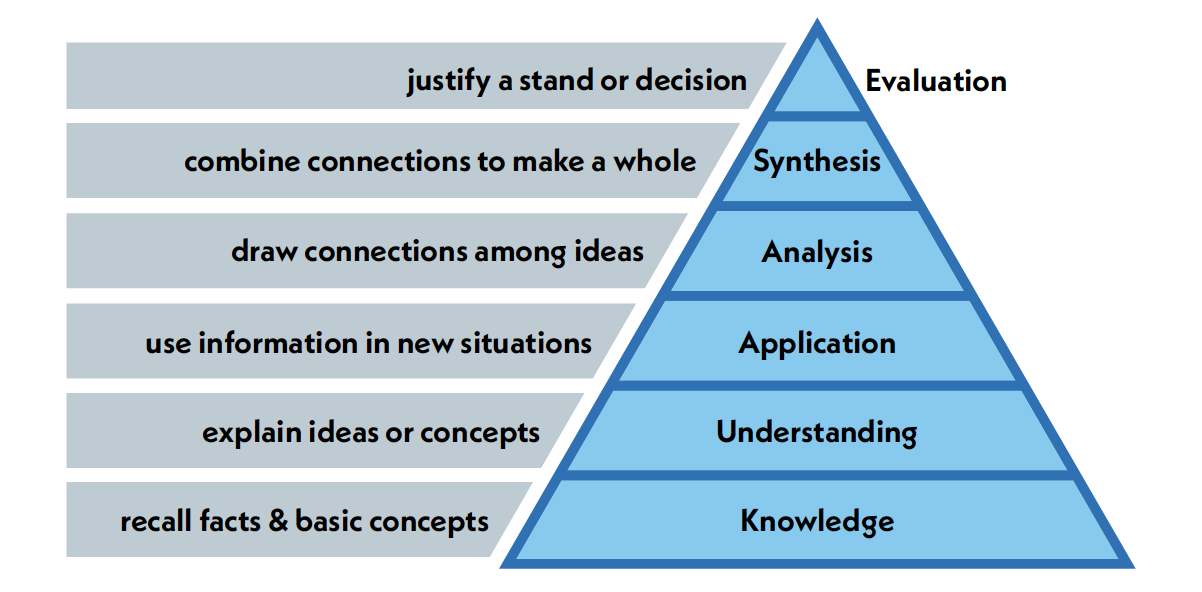
Bloom S Taxonomy For Effective Learning Student Success University Of Arkansas
The levels of thinking in Blooms taxonomy.

. Blooms taxonomy helps educators create appropriate learning activities for the level of learning that is taking place. According to the revised version of Blooms Taxonomy there are six cognitive learning. The actions associated with each level of Blooms learning hierarchy remembering understanding applying analyzing synthesizingevaluating and creating reflect both educational goals and.
Information professionals who train or instruct others can use Blooms taxonomy to write learning objectives that describe the skills and abilities that they desire their learners to master and demonstrate. The concept or rather the educational model has categorized the levels of education as well as the skills that need to be imparted whenever a teacher teaches something. There are a number of reasons why a teacher would want to use Blooms taxonomy.
Blooms Taxonomy of Cognitive Levels Revised Blooms Taxonomy defines six different levels of thinking. Benjamin Bloom along with Mr. Cognitive affective and psychomotor.
Blooms taxonomy primarily provides instructors with a focus for developing their course learning outcomes. Blooms taxonomy is the backbone of most CME and residency programs lesson plans assessments simulations and learning platformsincluding NEJM Knowledge. They are helpful because some verbs are appropriate at a particular level.
The Blooms Taxonomy framework allows educators to assess learning on an ongoing basis encouraging students to reflect on their progress. Understanding what the facts mean. Knowledge comprehension application analysis synthesis and evaluation.
Blooms Taxonomy is important because it helps tutors to figure out the goals which can be achieved so that they can plan accordingly to meet these goals. Distinctions between higher and lower levels of thinking. For example a test question that requires simple factual recall shows that you have knowledge of the subject.
Blooms Revised Taxonomys Usage in Assessment. Also it is helpful in learning. Blooms Taxonomy is a method created by Benjamin Bloom to categorize the levels of reasoning skills that students use for active learning.
Rote memorization recognition or recall of facts. Developing critical thinking and problem-solving skills by providing activities to broaden and deepen knowledge beyond the regular curriculum. Given the different stages of psychological development classify the following children into the stages.
Strong leader who structures the classroom. Blooms Taxonomy is best described as providing _____. David Krathwohl Mr.
Blooms Taxonomy is a hierarchical model that categorizes learning objectives into varying levels of complexity from basic knowledge and comprehension to advanced evaluation and creation. The role of the teacher in direct teaching is best described as a. Initially it can be used to increase ones understanding of the educational process.
Blooms Taxonomy of Measurable Verbs Benjamin Bloom created a taxonomy of measurable verbs to help us describe and classify observable knowledge skills attitudes behaviors and abilities. Blooms Taxonomy is essential because it helps educators identify achievable learning goals and develop plans to meet them. Blooms Taxonomy comprises three learning domains.
Blooms taxonomy helps instructions set the activities at the right level. These six levels are applying remembering analyzing understanding creating and evaluating. The theory is based upon the idea that there are levels of observable actions that indicate something is happening in the brain cognitive activity.
Originally introduced in 1956 Blooms Taxonomy was a concept created by Mr. Breaking down information into component parts. There are six levels of Blooms Taxonomy.
Correct use of the facts rules or ideas. According to Benjamin Bloom and his colleagues there are six levels of cognition. The levels build in increasing order of difficulty from basic rote memorization to higher more difficult and sophisticated levels of critical thinking skills.
Many teachers write their assessments in the lowest two levels of the taxonomy. Blooms taxonomy differentiates between cognitive skill levels and calls attention to learning objectives that require higher levels of cognitive skills and therefore lead. Match the following questions or instructions according to Blooms taxonomy.
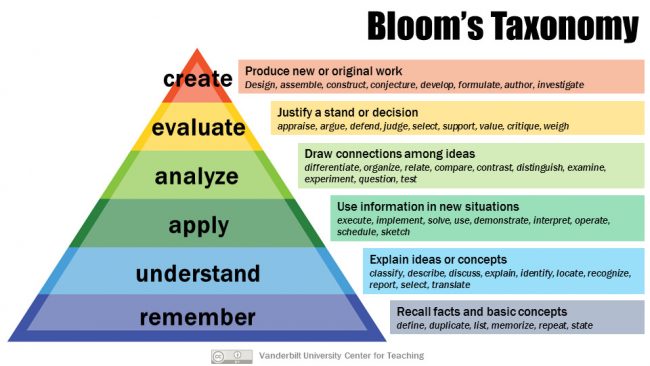
Bloom S Taxonomy Center For Teaching Vanderbilt University

Bloom S Critical Thinking Cue Questions
Bloom S Taxonomy Of Learning Objectives Qepcafe

Pdf Oral Language And Listening Comprehension Same Or Different Constructs

Strategies To Help Students Ask Great Questions

Revised Blooms Taxonomy By Cynthia Blooms Taxonomy Learning Theory Taxonomy
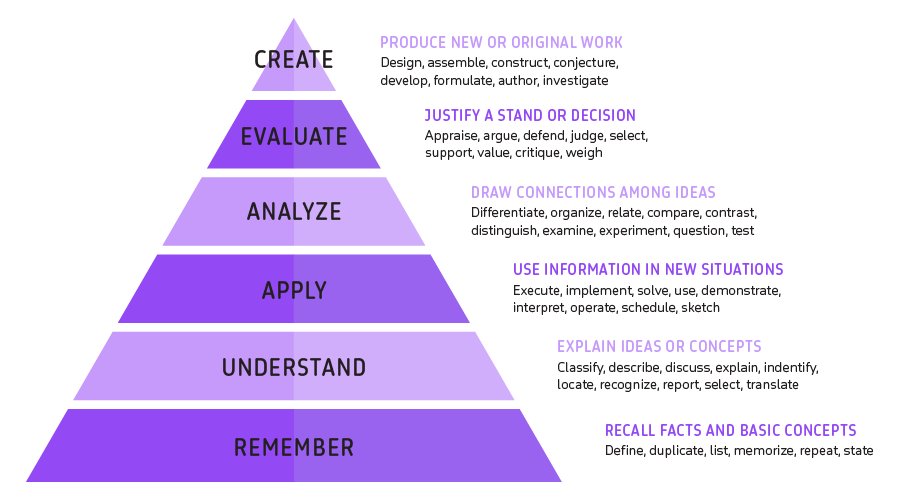
What Is Bloom S Taxonomy Synapse
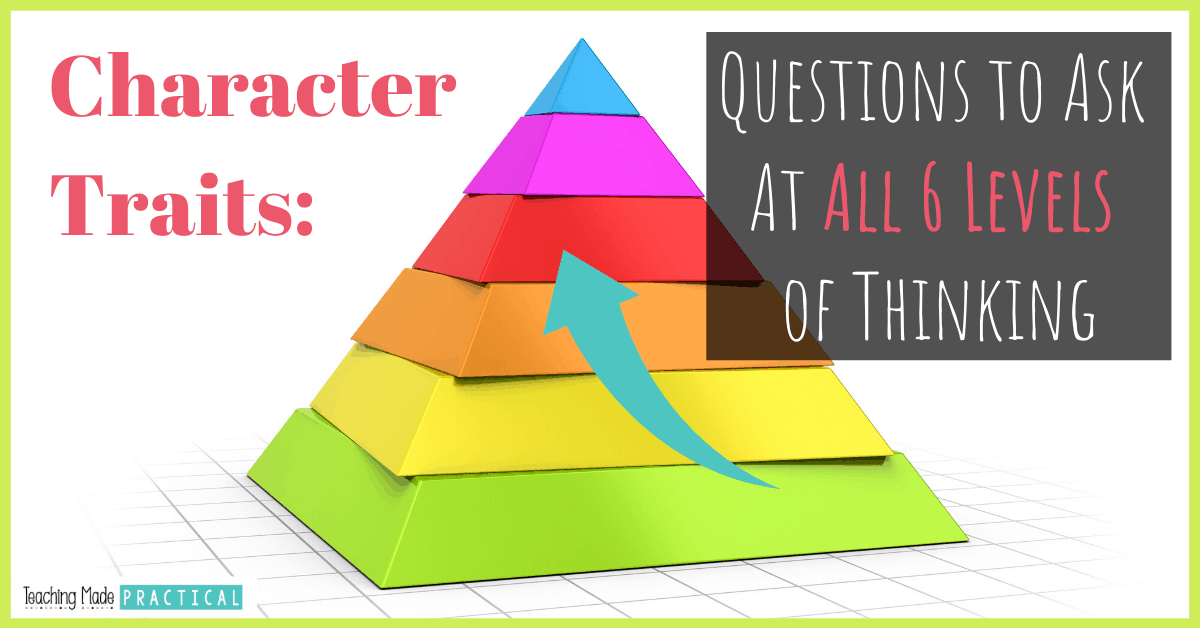
Character Trait Questions For Higher Order Thinking Teaching Made Practical
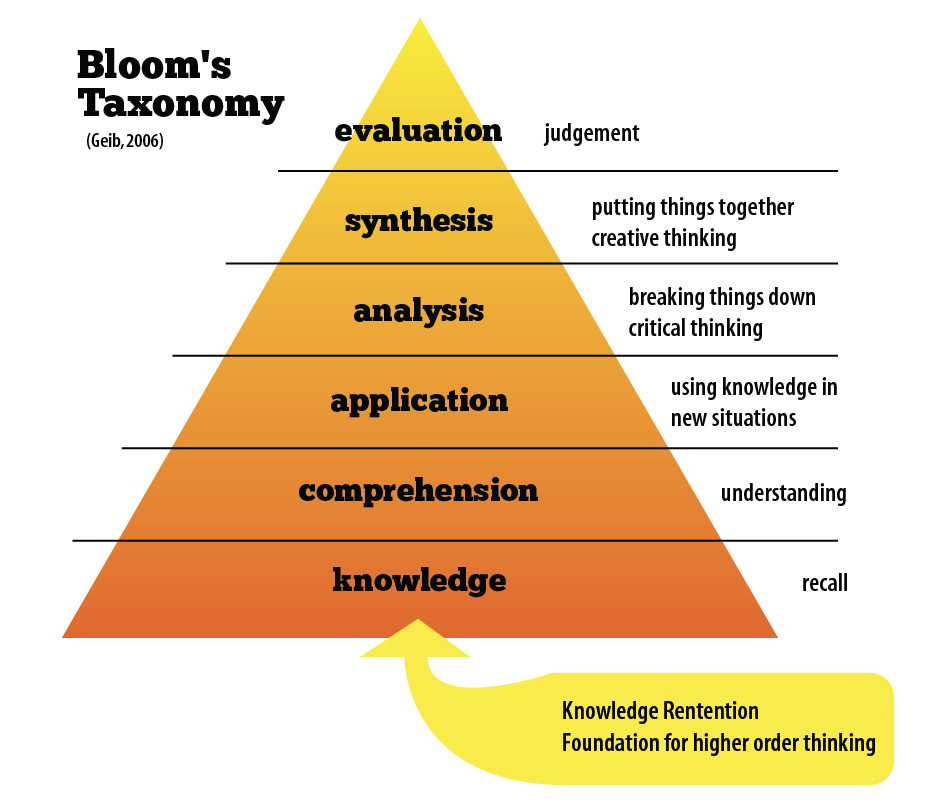
Bloom S Taxonomy Levels Of Understanding Psia Aasi Northwest

Bloom S Taxonomy Cognitive Ivan Teh Runningman Blooms Taxonomy Problem Based Learning Taxonomy

Bloom S Taxonomy Heeap Flashcards Quizlet
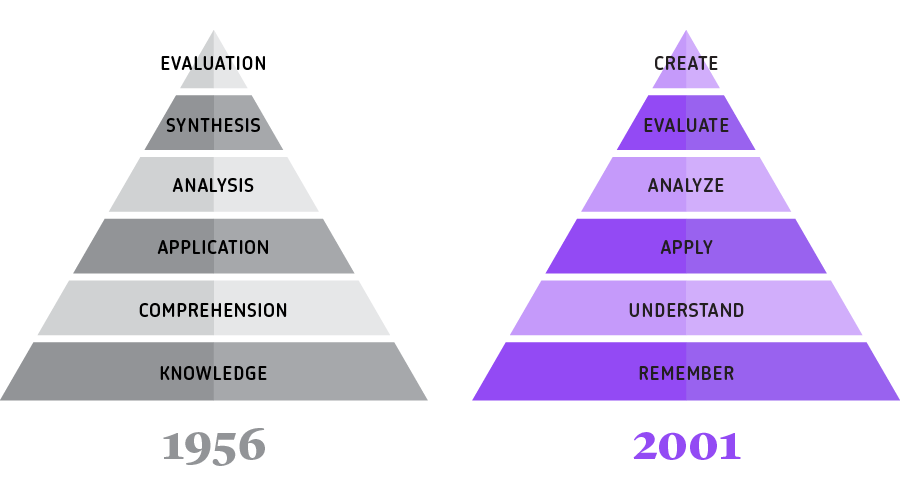
Ultimate Guide To Implementing Bloom S Taxonomy In Your Course Top Hat
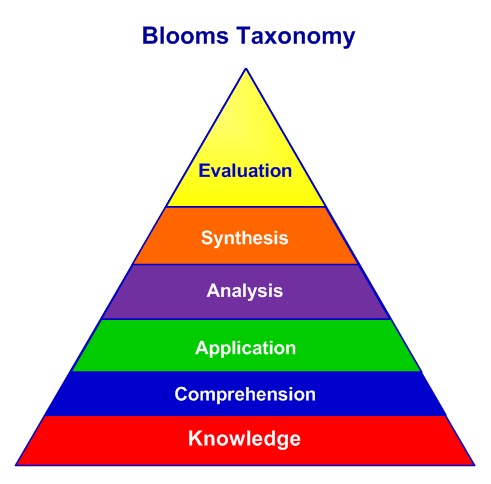
Bloom S Taxonomy Learning Classification System

Bloom S Taxonomy Mcq Free Pdf Objective Question Answer For Bloom S Taxonomy Quiz Download Now

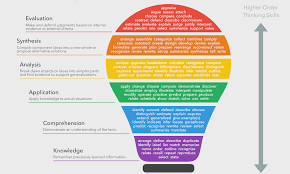
Comments
Post a Comment